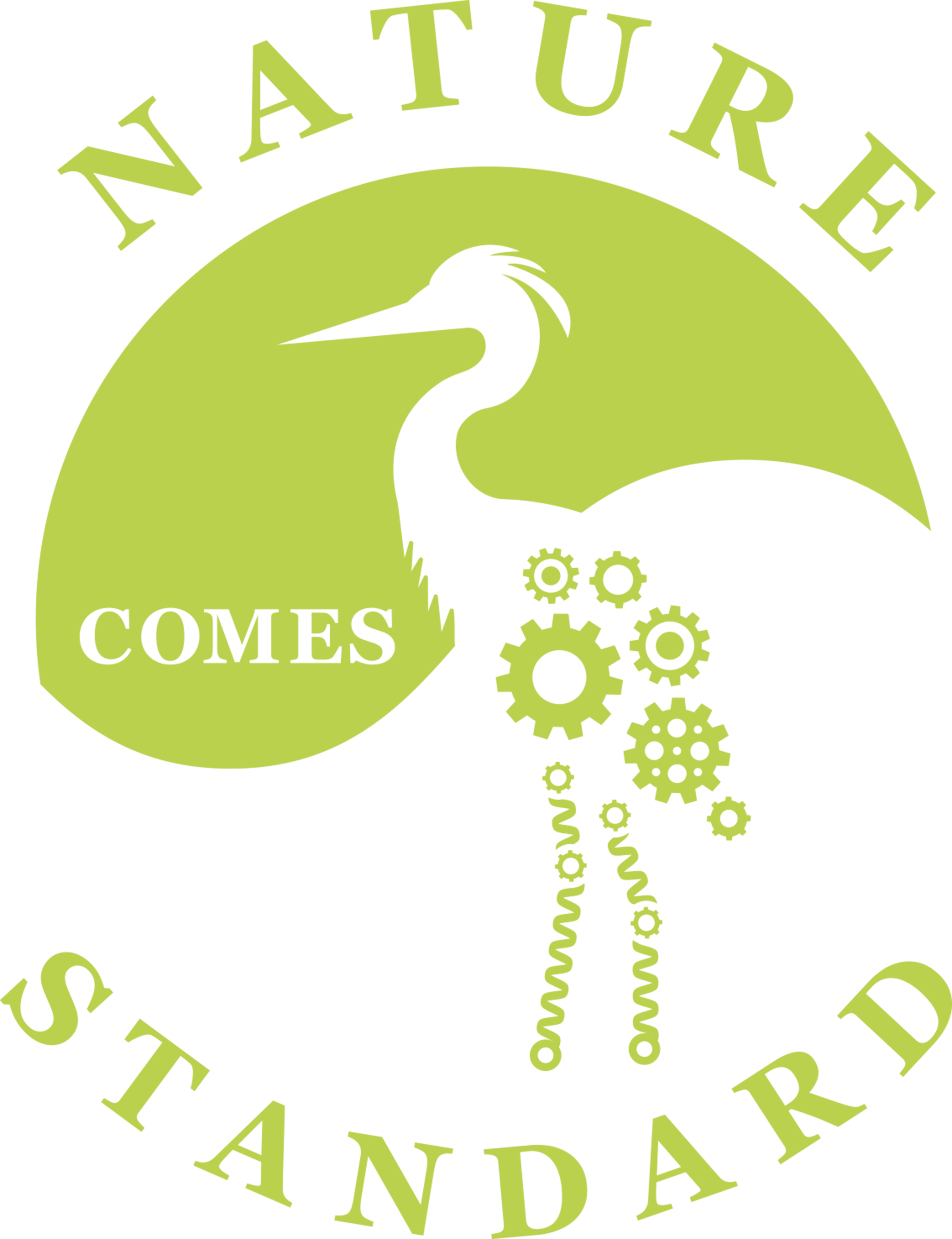2017: A Year of Elephant Empathy

As 2016 draws to a close, I reserved some reflection time before 2017's grand opening. I pondered the following questions: Have I accomplished my goals? What am I grateful for? Did I live genuinely? Are there other organisms who are self-aware and ponder their existence? What can we learn from those organisms? While I won't bore you with a detailed assessment of the past year, I encourage you to set aside some time to reflect upon your own 2016.
Researchers have used a "mirror test" developed in the 1970s to assess if an organism is self-aware. Does an animal recognize its reflection as other organisms or as itself? Does an organism notice a researcher's mark in the organism's reflection, and does the organism respond by touching the spot? Some organisms that passed the mirror test include elephants, apes, dolphins, whales, magpies, and ants. While the mirror test is not a definite indication of self-awareness, it does suggest an evolutionary stepping stone toward varying degrees of self-reflection.
Besides passing the "mirror test", the elephant has also been shown to manifest empathy like primates. Perhaps 2017 could be the year of the elephant to re-invigorate our empathy in 2017. Here are a few elephant-inspired considerations for 2017:
Community: Work together to achieve mutual goals of success and vibrancy.
Support: Give love in the form of a caring touch, emotional reassurance, and just listening.
Serve: Help others with their challenges and remove obstacles for empowered living.
Nature Comes Standard wishes you a fantastic 2017!
References:
Plotnik, Joshua M., de Waal, Frans B. M., and Reiss, Diana. Self-recognition in an Asian elephant. Biological Sciences - Psychology.2006 103 (45) 17053-17057; doi:10.1073/pnas.0608062103
http://www.animalcognition.org/2015/04/15/list-of-animals-that-have-passed-the-mirror-test/
Byrne, Richard; Lee, P.C.; Njiraini, N.; Poole, J.H.; Sayialel, K.; Sayialel, S.; Bates, L.A.; Moss, C.J. Do Elephants Show Empathy? Journal of Consciousness Studies, Volume 15, Numbers 10-11, 2008, pp. 204-225(22)





